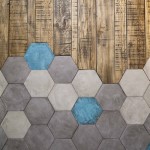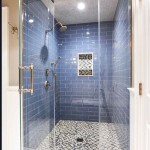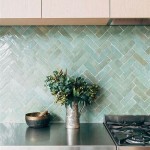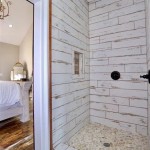Essential Aspects of Japanese Roof Tiles: An Architectural Marvels Review
Japanese roof tiles, known as kawara, are renowned for their exquisite beauty and exceptional functionality. For centuries, they have adorned the roofs of traditional Japanese structures, from stately temples and castles to humble homes. In this comprehensive review, we delve into the essential aspects of Japanese roof tiles, exploring their history, types, materials, and architectural significance.
Historical Origins and Evolution
The earliest known examples of Japanese roof tiles date back to the Yayoi period (300 BCE - 300 CE), where they were used as roofing material for pit dwellings. Over time, the design and production of kawara evolved, influenced by Chinese and Korean techniques. During the Nara (710-794 CE) and Heian (794-1185 CE) periods, the use of roof tiles became widespread, particularly in the construction of imperial palaces and Buddhist temples.
Types of Japanese Roof Tiles
There are numerous types of Japanese roof tiles, each with its unique shape, size, and purpose. Some of the most common types include:
Flat Tiles (Hirakawa): These tiles are flat and square or rectangular in shape. They are often used on the lower slopes of roofs or as ridge tiles. Half-Round Tiles (Marugawara): As the name suggests, these tiles are half-round in shape. They are commonly used on the upper slopes of roofs, where they provide better water drainage. Monk's Hood Tiles (Monkawa): These tiles resemble the shape of a monk's hood. They are used as ornamental tiles, often placed at the corners or ends of roofs. Arrowhead Tiles (Kirikawa): These tiles are triangular in shape, with a pointed tip. They are used on the hips and valleys of roofs, providing additional strength and water resistance.Materials Used
Japanese roof tiles are traditionally made from a type of clay known as Akadama. This clay is rich in iron oxide, which gives the tiles their distinctive reddish-brown color. Other materials used in the production of kawara include:
Slate: Slate tiles are durable and weather-resistant, making them ideal for roofs in areas with extreme weather conditions. Metal: Metal tiles are lightweight and easy to install. They are often used on modern buildings or for restoration projects. Synthetic Materials: Synthetic tiles are made from materials such as plastic or concrete. They are less expensive than traditional tiles and offer a wide range of colors and styles.Architectural Significance
Japanese roof tiles play a significant role in the architectural aesthetics of traditional Japanese buildings. Their shape, texture, and color harmonize with the surrounding environment, creating a sense of unity and balance. Furthermore, the weight and durability of kawara contribute to the structural stability of roofs, protecting buildings from the elements.
Benefits of Japanese Roof Tiles
Japanese roof tiles offer several advantages:
Durability: Kawara are renowned for their exceptional durability, lasting for centuries when properly maintained. Weather Resistance: The shape and materials used in Japanese roof tiles provide excellent resistance to water, wind, and snow. Fire Resistance: Clay and slate tiles are fire-resistant, offering protection against the spread of fire. Aesthetic Value: The beauty and variety of Japanese roof tiles enhance the architectural appeal of buildings, adding character and charm to their surroundings. Sustainability: Akadama clay is a natural and sustainable material. Traditional Japanese roof tiles are often recycled or reused, reducing waste and environmental impact.Conclusion
Japanese roof tiles are architectural marvels that combine beauty, functionality, and cultural significance. Their unique shapes, materials, and historical evolution make them an essential element of traditional Japanese architecture. Whether adorning ancient temples or modern homes, Japanese roof tiles continue to inspire awe and admiration, serving as a testament to the enduring craftsmanship and architectural artistry of Japan.

Roof Detail Of Onagatenmangu Temple Hiroshima Our Beautiful Wall Art And Photo Gifts Include Framed Prints Poster Canvas Jigsaw Puzzles Metal So Much More
Japan Architecture Art Tour With Classic Hotel Stay Travel Amnet

From Osaka Himeji Castle Kokoen Garden And Temple Visit

The Tulou Study A Historical Review Springerlink

Elaborately Colorfully Decorated Japanese Temple Our Beautiful Wall Art And Photo Gifts Include Framed Prints Poster Canvas Jigsaw Puzzles Metal So Much More

Hotel Wing International Kyoto Shijo Karasuma 2024 Updated S Deals

Ancient Chinese Architecture Architecturecourses Org
Japan Architecture Art Tour With Classic Hotel Stay Travel Amnet

The Japanese Influence Of Light And Shadow On Singaporean Design

Hoi An Ancient Town The World Cultural Heritage Site By Unesco
Related Posts








